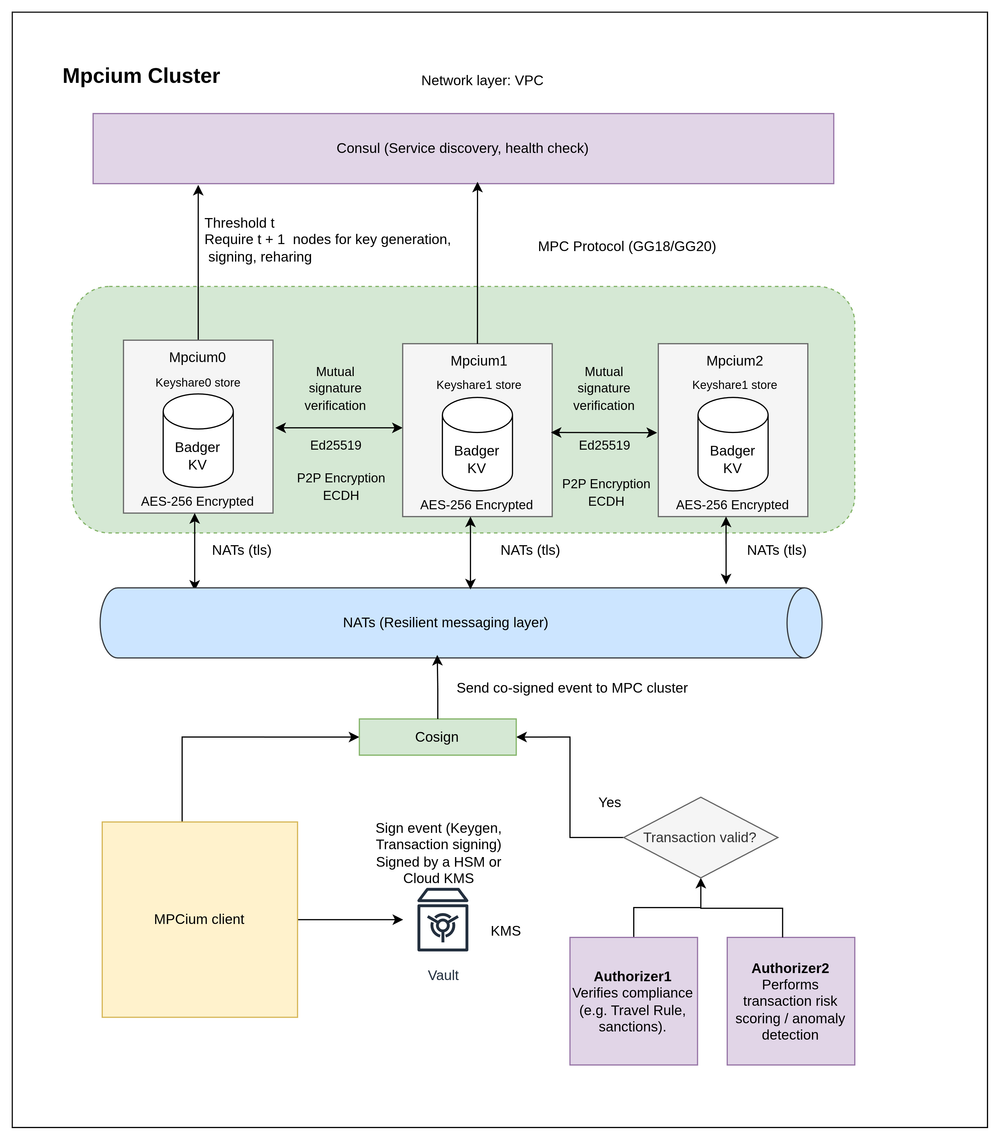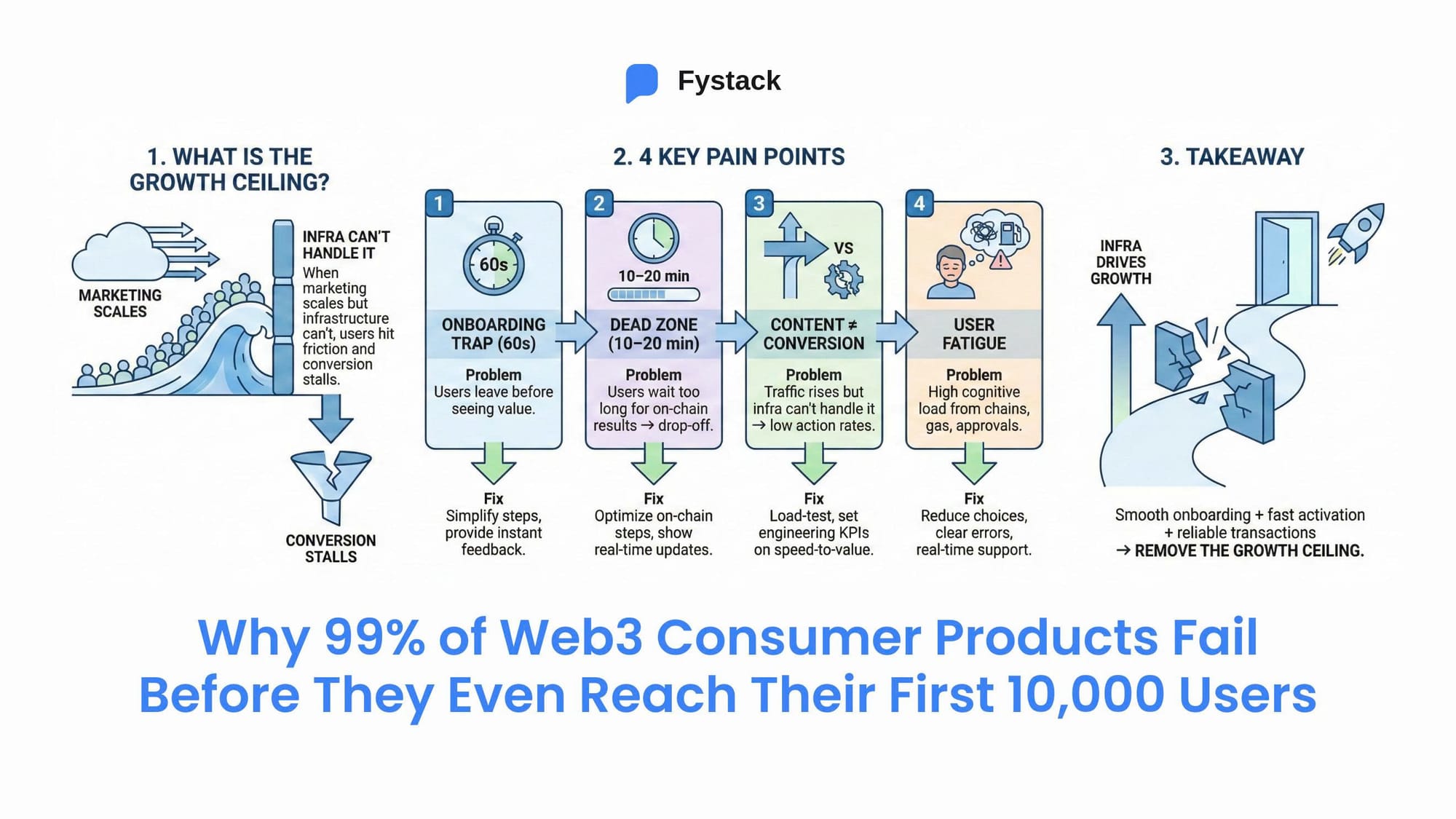How Privy’s Marketing Hacks Scaled a Web3 Product to 1000+ team
Phoebe Duong
Author
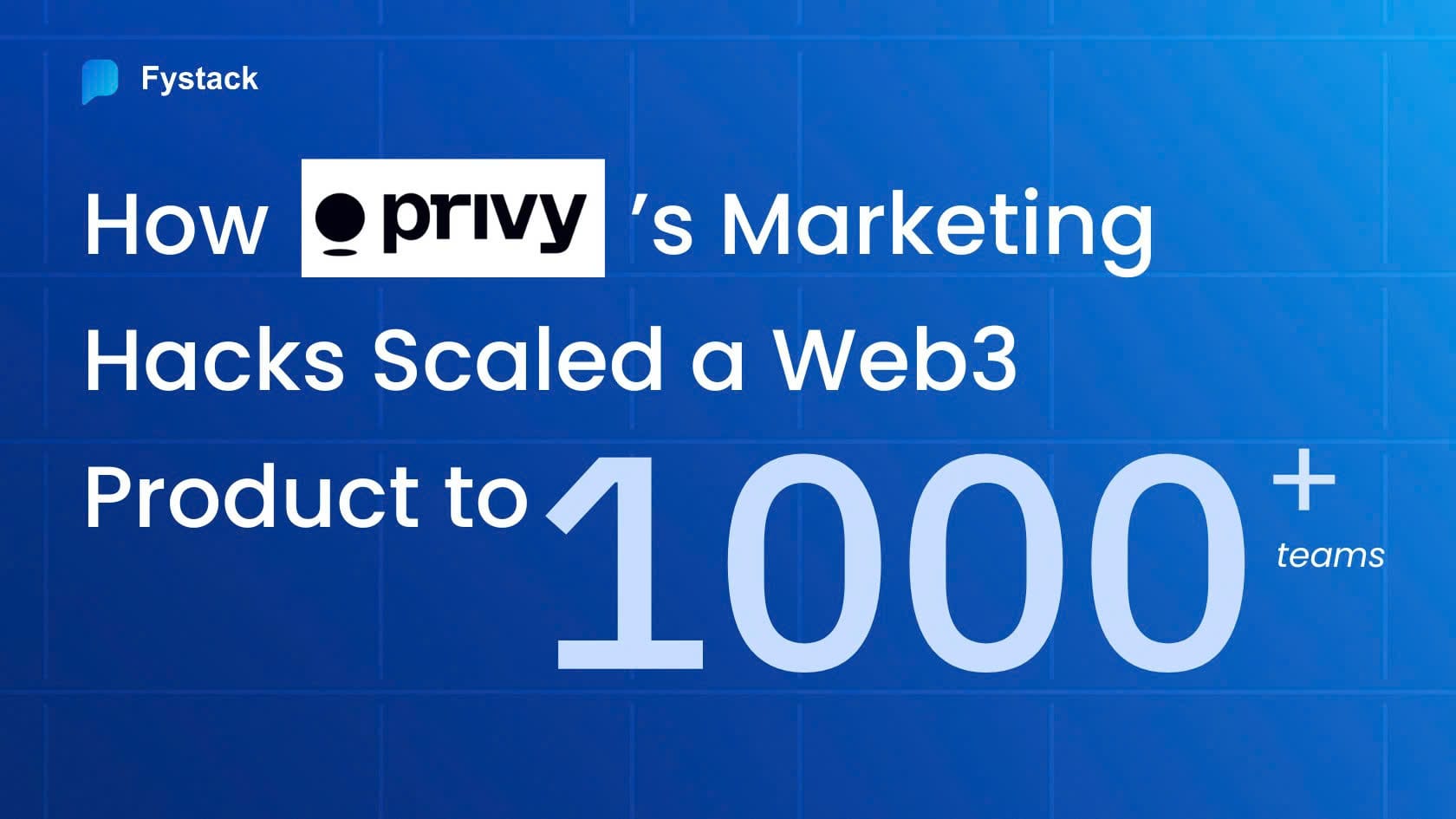
In 2021, Web3 entered its expansion frenzy: faster blockchains, deeper liquidity, bigger airdrops. Startups raced to talk about speed, modularity, and scalability - everyone wanted to become the next infrastructure layer.
But Privy didn’t join that race. They realized something simple that almost everyone else ignored:
No one cares how fast your blockchain is if the first five seconds make them quit.
Instead of building more Web3 infrastructure, Privy turned back to fix what the entire industry avoided: onboarding.
No seed phrases.
No gas fees.
No “learn crypto before you start.”
Just a single click: Sign in with Google.
It looked like a small UX choice, but that simple design decision became the foundation for the next wave of Web3 user adoption.
When everyone poured capital into infrastructure, Privy bet on user experience.
When everyone talked about decentralization, Privy focused on familiarity.
And that contrarian choice turned a hackathon-built crypto wallet SDK into the embedded wallet layer behind apps like Friend.tech and Zora, and eventually became the embedded wallet layer powering 75M+ accounts across 1,000+ developer teams that Stripe had to acquire.
Privy didn’t grow because of the trend.
They grew because they built the foundation every trend depends on.
What You’ll Learn
- How Privy turned a UX bottleneck into a growth engine by reimagining onboarding, not infrastructure, and redefining what Web3 onboarding can look like.
- The bottom-up go-to-market playbook that scaled Privy from a hackathon SDK to being acquired by Stripe.
- Why embedded wallets became the invisible layer of Web3, and how that shifted developer behavior across ecosystems.
- What builders can learn from Privy’s journey about timing, integration-first growth, and building trust before hype.
Seeing the Bottleneck While Everyone Else Was Hyped
Privy was born amid the DeFi and NFT boom of 2021, when the Web3 world was drunk on its own success. Money poured into new projects. Everyone talked about “mass adoption,” yet no one could answer a simple question:
“If Web3 is the future, why do 90% of users drop out at the very first step?”
Founders Asta Li (former Google, expert in cryptography) and Henri Stern (ex-Sequoia, with deep insight into how Web3 startups operate) realized the problem wasn’t blockchain itself; it was how people approached it.
Users didn’t quit because they lacked trust. They quit because it was too complicated to begin. Seed phrases, private keys, gas fees, signing transactions -every step was a barrier.
While Web2 only needs a simple “Sign in with Google” Web3 demands users understand an entirely new system. That was the fundamental bottleneck Privy set out to fix.
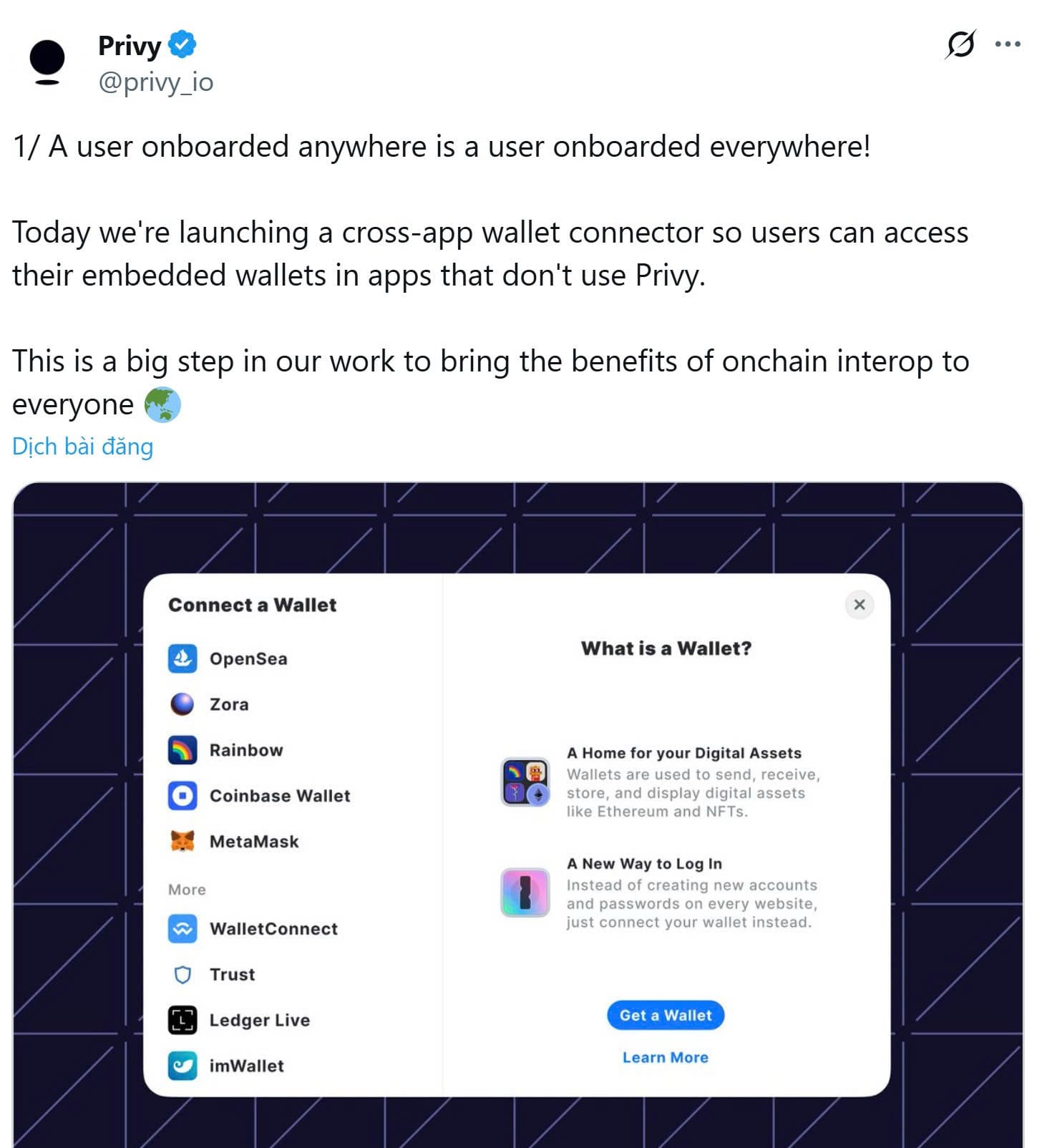
They didn’t try to teach people blockchain.
They made Web3 feel as simple as Web2, starting with a single API that lets developers embed wallets directly into their apps.
Users can log in with email, Google, or Twitter, with no separate wallet, no technical setup, and no confusing signatures.
While others chase the next big narrative like “multi-chain,” “modular,” or “zk,” Privy focused on something deceptively simple:
“For Web3 to truly scale, there must be an easy door to walk through.”
That door is Privy.
What began as a small embedded wallet solution is now becoming the invisible wallet layer behind social and creator platforms - the place where users experience Web3 for the first time, often without even realizing it.
How Privy Quietly Became Stripe’s Bridge to Commerce
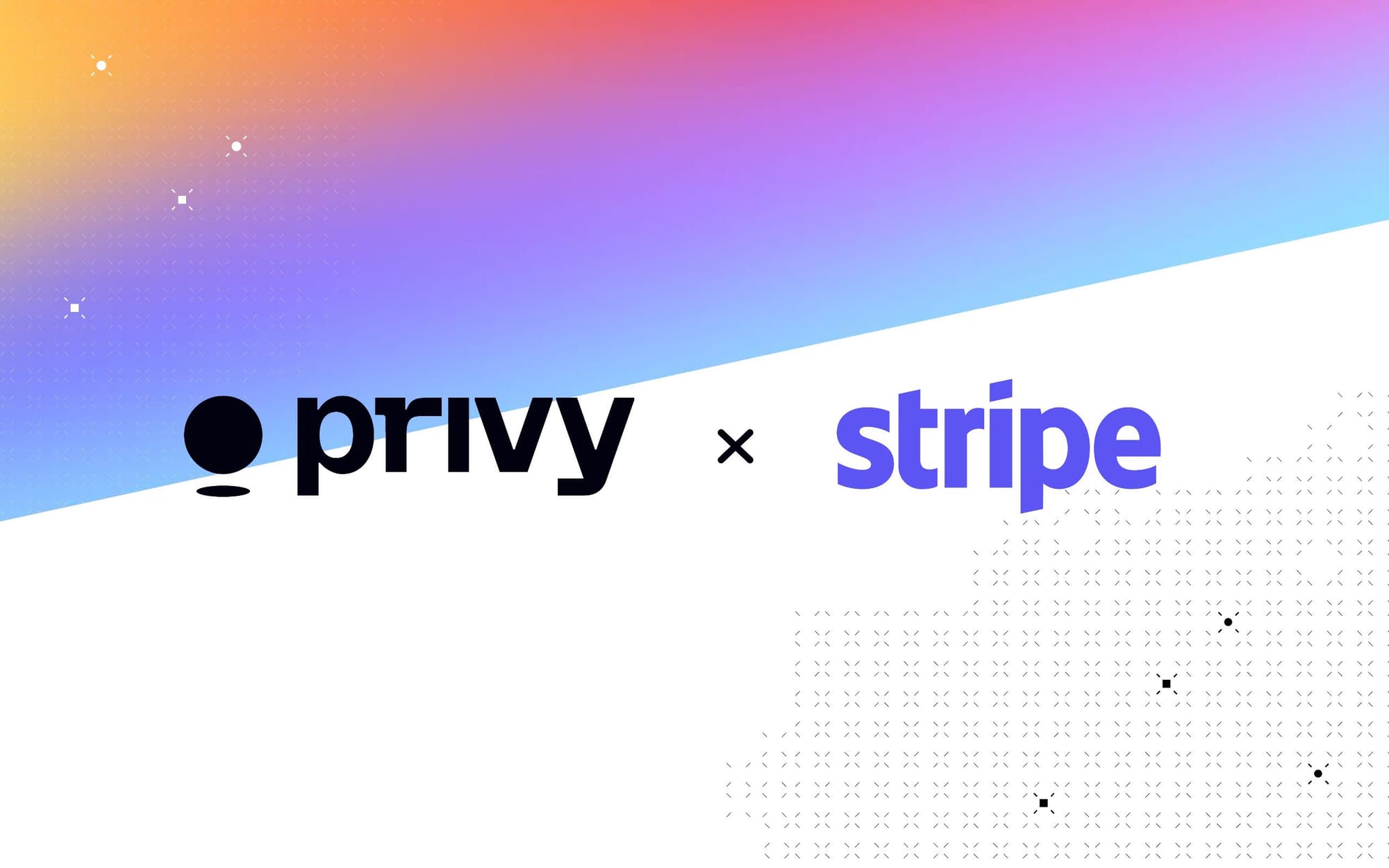
Privy’s bet on simplicity paid off. While most infrastructure startups were busy chasing narratives, Privy was quietly turning onboarding into a growth engine.
By 2025, it had evolved from a hackathon SDK into the invisible wallet layer that powered the next generation of Web3 apps. Over 100 developer teams integrated Privy, bringing in 2.5 million users organically, and within two years, that number skyrocketed to 75 million accounts and over half a billion RPC calls.
Then came June 2025: Stripe acquired Privy.
It wasn’t a bear-market rescue - it was a strategic move. Stripe needed a bridge between its hundreds of millions of Web2 merchants and the crypto economy. Privy provided that bridge - an embedded wallet experience that made crypto payments feel as natural as paying with a card.
Now integrated into Stripe Connect and Stripe Identity, Privy enables merchants to accept crypto directly from in-app wallets, with built-in support for chains like Solana and Base. From June to October 2025 alone, it added another 20 million users - reaching 95 million in total, the fastest growth in its history.
And yet, even with the acquisition spotlight, the team stayed grounded in their core belief: “Don’t build hype. Build the foundation.”
Today, Privy continues to push the frontier with non-custodial embedded wallets - giving users control of their keys, and AI-powered UX that predicts intent to reduce friction.
Not a trend play, but a continuation of their original mission: making Web3 simple, seamless, and trusted enough for anyone to enter it - often without even realizing they have.
Competing Without Competing

In the wallet infrastructure space, Privy competes not only with MetaMask and WalletConnect but also directly with Coinbase Wallet SDK and Dynamic - players equally focused on simplifying the Web3 onboarding experience.
Privy’s real edge lies in zero-friction onboarding: users can start without a seed phrase, without understanding what a wallet is, and without ever leaving the app. Its cross-platform authentication bridges Web2 identities (Google, Twitter) with Web3 credentials (ENS, wallet), giving Privy a major advantage in social and gaming use cases, where seamless experience determines 90% of user retention.
However, challenges remain. Even with Stripe’s backing, Privy faces competition from established wallet ecosystems and the pressure to expand beyond EVM to multi-chain environments. More importantly, maintaining a truly trustless and decentralized ethos while partnering deeply with a Web2 giant like Stripe is an ongoing balancing act - between mainstream usability and the core principles of Web3.
Go-To-Market Strategy: Building Infrastructure in a Bear Market Is a Game of Trust, Not Traffic
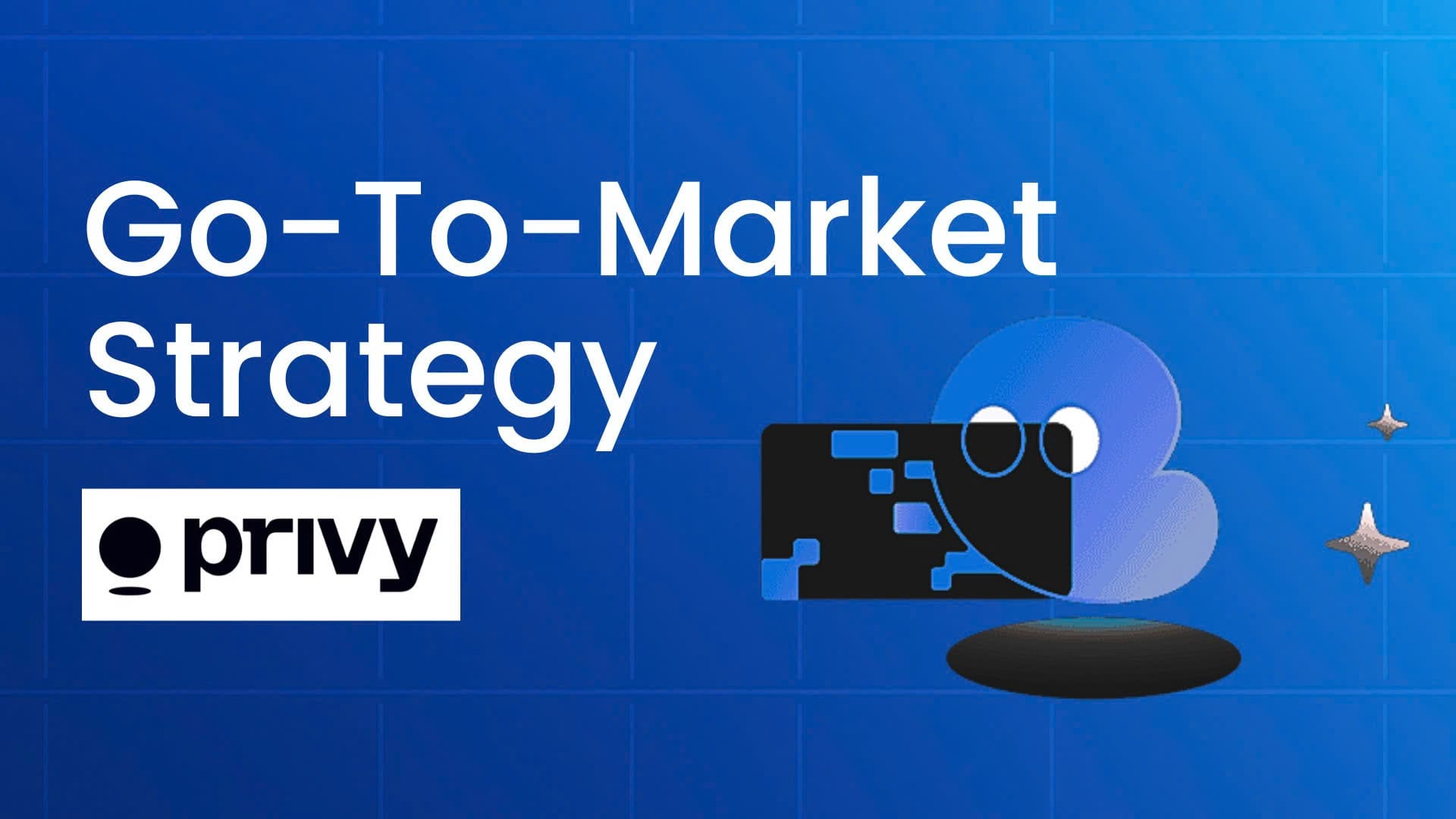
Privy didn’t take the loud path. Instead of burning marketing budgets or running splashy campaigns, they built momentum through a bottom-up go-to-market (GTM) strategy.
From the very beginning, Privy focused on small partners, hackathon projects, and the Web3 developer community - those willing to test out a new SDK. The goal wasn’t to “close deals” but to validate the product, create real-world case studies, and gradually scale up to bigger names like OpenSea, Zora, and Friend.tech after their seed round.
This approach allowed them to achieve two things simultaneously: technical credibility and a natural word-of-mouth network within the builder community.
Integration-First Partnership
Privy often takes a proactive approach to collaboration on X (Twitter) - similar to how Squads operates, following an “integration-first” model.
If you’ve read our piece on Squads: From Zero to the Multisig Protocol Securing $10B on Solana, you’ll recognize the same principle: start by building real integrations, not pitch decks.
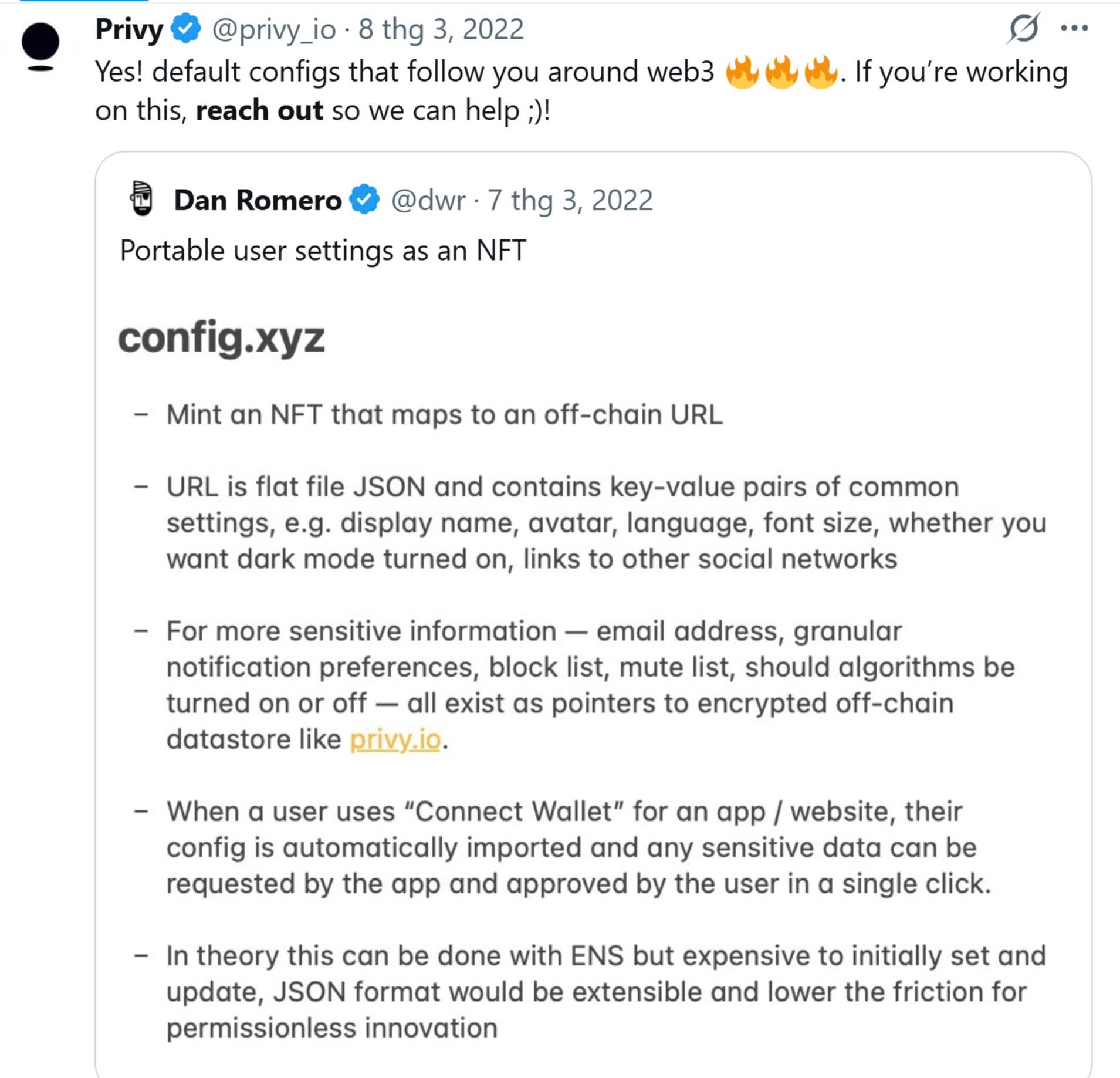
Instead of going through a traditional sales pipeline, the Privy team reaches out directly to early NFT and DeFi adopters, working hand-in-hand to implement the SDK inside live products.
Some notable examples include:
- Lighthouse Meta Labs (Dec 2022): Integrated Privy to enable a metaverse experience for users without Web3 wallets.
- Decent.xyz (Dec 2022): Used Privy with Twitter login to make NFT minting seamless - paving the way for social onboarding.
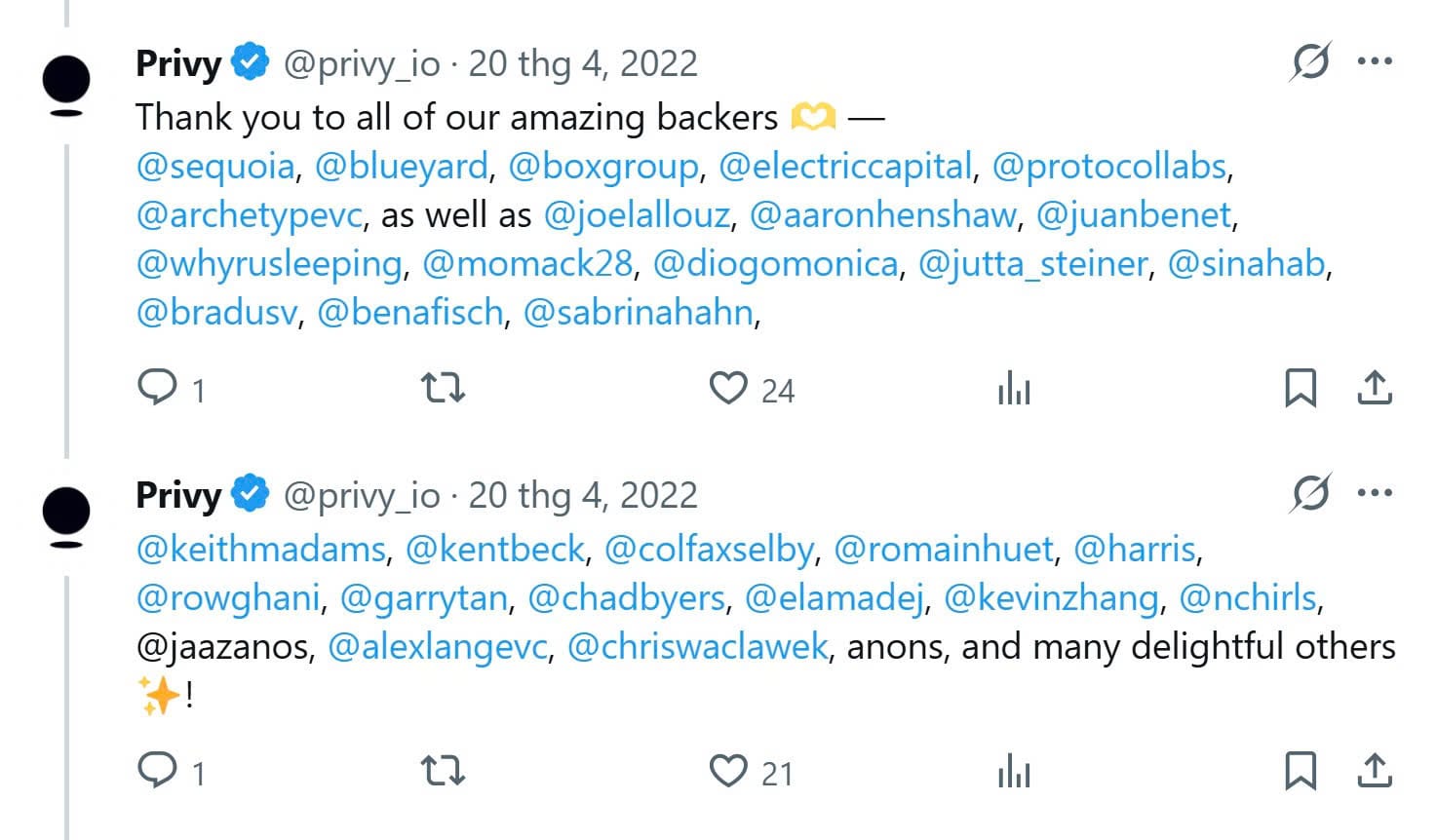
They were also remarkably persistent in engaging with the community during those early days - replying to comments, tagging developers, and keeping conversations alive long after each post went up. This consistent presence helped Privy stay top of mind among builders and gradually turn casual interactions into real integrations.
At this stage, Privy wasn’t trying to sell its SDK - it was building technical trust. Their collaboration posts often tagged active developers or newly launched projects, creating a sense of community and encouraging experimentation.
They also offered API credits to hundreds of hackathon teams, helping Privy build a portfolio of over 100 real integrations even before their seed round.
Developer Incentives - Technical-First, Not Hype-First
Privy chose a “technical-first, marketing-later” approach.
No minigames, no “share-to-win,” no token incentives.
Instead, they sponsored API credits at major events and showcased live Proof of Concept (PoC) demos at conferences like Token2049 - letting developers see the SDK in action. This approach not only cut marketing costs but also built a loyal developer base - people who genuinely understood and trusted the product.
Privy became a familiar name at hackathons like ETHGlobal 2021 and Solana Hyperdrive. Rather than just “hanging a sponsor logo,” they offered bounties and API credits to winning teams that integrated Privy’s SDK.
Notable examples:
- ETHGlobal 2022 Winners: Showcased Privy’s SDK for building embedded wallets.
- ETHNYC Hackathon: Demoed walletless onboarding experiences.
- Hyperliquid Community Hackathon (2025): Offered a $5,000 bounty for the “Best Use of Privy.”
Hackathons became Privy’s natural sandbox - a space where the SDK was tested, bugs were surfaced, feedback was refined, and trust was earned long before the SDK reached enterprise-scale partners.
Launching SLATE: Open-Source Benchmark Tool
One of Privy’s smartest moves was creating their own benchmark playground.
They launched SLATE, a tool that measures signing latency (the time it takes to sign transactions) across different wallet providers - giving the community a way to compare performance transparently (Privy vs. competitors).
The tool quickly became a starting point for technical discussions. Developers began sharing their benchmark results on X, unintentionally creating organic buzz that positioned Privy as a new standard for performance.
→ A clever move: instead of saying “we’re the fastest,” Privy let the community prove it for them.
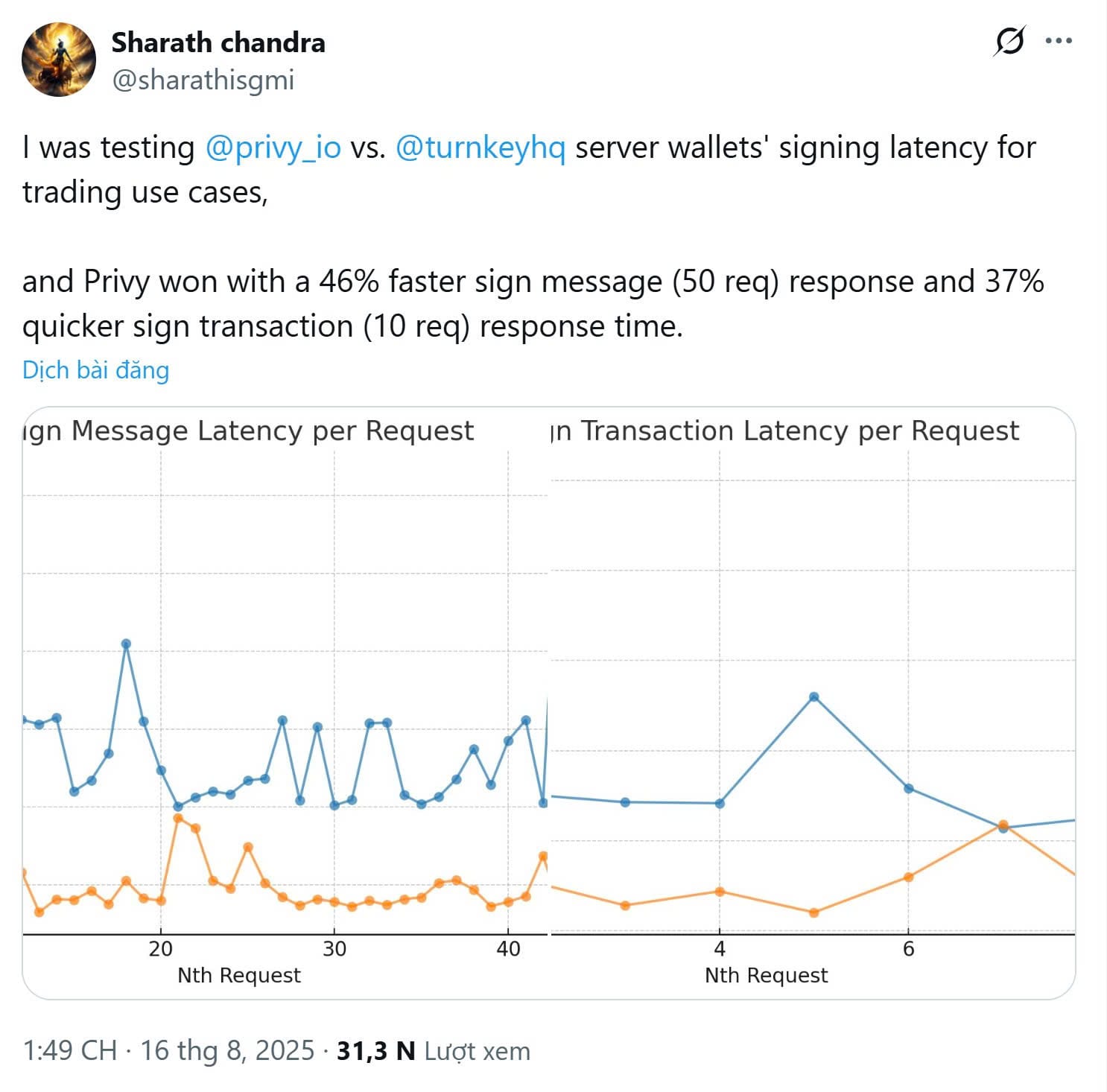
Riding the Buzz - Partnership with Monad Airdrop
In October 2025, Privy partnered with Monad to power the authentication system for the first-ever MON airdrop.
This was a textbook case of strategic buzz-riding - Privy didn’t need to host its own airdrop, yet still managed to be part of one of the most talked-about events in the Web3 community.
The move boosted brand visibility while showcasing real-world SDK utility, especially in high-volume user onboarding scenarios.
→ This presents a potential playbook: collaborate on a partner’s airdrop or campaign to gain real users, real testing, and authentic reach without having to manufacture hype from scratch.
Community-Driven Innovation: Building Together with Developers
Privy didn’t stop at providing an SDK - they went further by open-sourcing part of their security infrastructure, the Shamir Secret Sharing (SSS) Library, allowing the community to contribute to improving its cryptographic key-sharing mechanism: Zero-Leading Coefficients in Cryptography.
By making the code public, Privy turned security into a community project, where researchers and technical teams from other organizations could collaborate to strengthen the library. This move is rare among Web3 infrastructure companies - it not only demonstrates transparency but also reinforces Privy’s technical depth and credibility.
The Acknowledgments section of the blog captures this spirit clearly - Privy thanked Cure53, Zellic, Cypher Stack, Fordefi, and several independent security experts who contributed to analysis and auditing:
“This improvement reflects the strength of the web3 security community.”
Instead of claiming their own security prowess, Privy invited the community to prove it together.
The result was a unique network effect: researchers and companies who participated in the open-source project became natural brand advocates, amplifying Privy’s reputation across the technical ecosystem.
Conclusion
If there’s one thing builders can take from Privy’s story, it’s this: real breakthroughs rarely start with hype. They start when someone decides to fix the thing everyone overlooks.
While the world chases narratives 0 faster chains, bigger rounds, louder launches - the quiet teams who obsess over experience, trust, and real usability are the ones who end up defining the next era.
So if you’re building today, don’t ask “What’s the next trend?”
Ask instead: “What’s still too hard for users to love?”
Our community
If you’re building your own Web3 SDK, wallet infrastructure, or just trying to make onboarding less painful, join Fystack's Telegram group. It’s where developers and founders swap lessons, share benchmarks, and discuss real strategies to grow Web3 products that actually scale.


